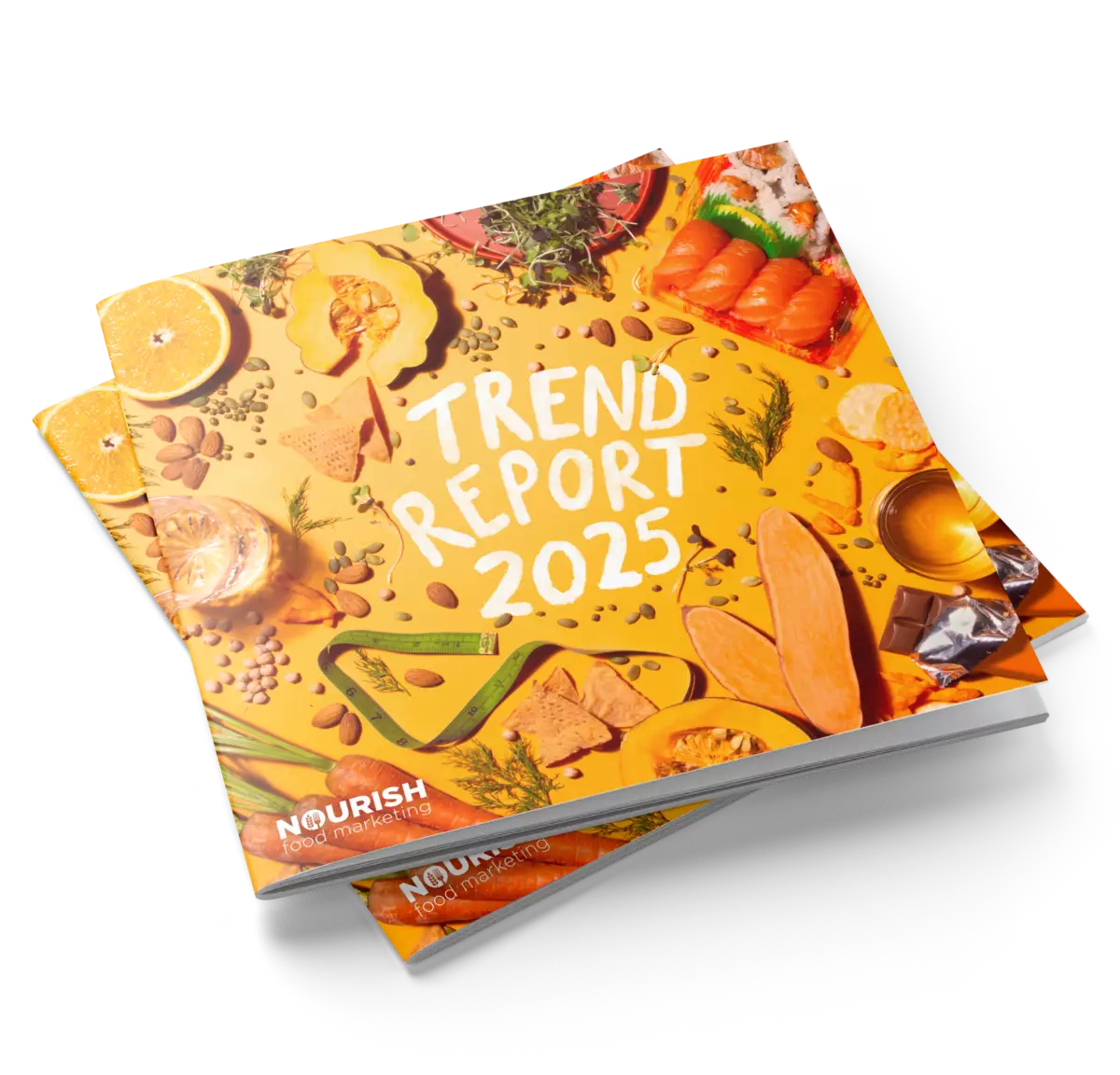by Glenford Jameson, Founder, G.S. Jameson & Company
Food marketing has always been governed by regulations: claims, comparators, nutrition facts, names, grades—the list goes on. Now, Canada is adding a profound understanding of plastic packaging to the mix. Recent developments in Canadian plastics regulations have introduced significant changes that marketers in mid- to large-size food companies need to know. Understanding regulatory changes around plastics will be essential for brands to align product packaging and marketing strategies with legal standards.
There’s too much going on to capture everything in this article, but here are three key regulatory developments everyone in the sector should track: pollution prevention notices, plastics registry and reporting obligations, and changes to labelling rules related to recycling.
1. Pollution Prevention Notices for Canada's Five Largest Grocers
The Canadian government has targeted the five largest grocery chains with pollution prevention notices. They are required to create and implement Pollution Prevention Plans (P2 Plans) to manage the environmental impact of plastics, particularly those that come into direct contact with food products. The P2 Plans aim to drastically reduce or eliminate plastic waste from primary food packaging by the mid-2030s.
For food brands, this development places grocers in the position of plastics regulators, forcing them to create restrictive rules on packaging that will impact how food is packaged and marketed on their shelves. Food brands will need to consider these requirements in their marketing strategies on an evolving basis, both engaging grocers and being aware of evolving rules so that their packaging aligns with the sustainability goals outlined in the P2 Plans.
2. Plastics Registry and Reporting Obligations
Another significant regulatory change is the introduction of a Federal Plastics Registry and mandatory reporting obligations for all entities that manufacture or import plastic materials. This measure aims to create a comprehensive database that tracks the life cycle of plastics used in Canada. For Canadians, this means greater transparency and accountability in how plastics are handled from production to disposal. Most food brands should now be capturing data for the 2024 calendar year on the total amount of plastic used and the proportion of recycled content they will report to the federal government, with final figures due in September 2025. Beyond collecting information, food brands should prepare to communicate these details effectively to consumers, as transparency becomes a key selling point.
3. Changes to Labelling Rules Related to Recycling
The Canadian government is also revising labelling rules for plastics to make recycling practices more transparent and standardized. The new rules will prohibit the use of misleading recycling symbols and require detailed recycling information on packaging. This includes the potential need for a QR code to direct consumers to specifics about the product's recyclability in different regions. For brands, this means a redesign of packaging labels to comply with the new regulations, ensuring that, among many other things, all claims about recyclability are accurate and verifiable. It's crucial that marketing teams understand these changes to avoid potential legal pitfalls and, on the positive side, leverage eco-friendly packaging as a competitive advantage.
Implications for Marketers
These regulatory changes reflect the federal government's growing commitment to environmental sustainability. But it’s not just Canada—similar reviews have already occurred in France and Italy, and the UK and US are developing and implementing plans alongside a push for a plastics treaty at the UN.
Practically speaking, marketing professionals must stay informed about these rapid developments to adapt their practices accordingly. This shift towards more sustainable and transparent practices in plastic use will be difficult for all food value chain stakeholders.
Eventually, but inevitably, all these regulatory changes will influence consumer preferences and behaviour. Food brands would do well to view these regulations not just as compliance obligations but as opportunities to innovate and differentiate their products, while marketers should focus on strategic marketing choices to maintain market share in what will become an increasingly eco-aware sector. Aligning marketing strategies with these regulatory changes can enhance brand reputation and appeal to environmentally conscious consumers.
As Canada moves towards its goal of zero plastic waste, food brands play a crucial role in shaping the industry’s response to these regulatory changes. By understanding and adapting to these developments, marketers can ensure that their companies keep in step with new laws and manage change better as markets are pushed towards more sustainable marketing practices.
About the author:
Specializing in regulatory, commercial, and advertising law, Glenford Jameson is a trusted legal advisor in the food sector. His expertise spans SFCA compliance, labelling, product positioning, and CFIA interactions. A recognized industry thought leader, he’s lectured at notable universities, industry associations, and conferences on various aspects of Canadian Food Law. Glenford’s experience and perspective at the crossroads of food, tech, and regulation empowers clients with innovative solutions. He’s the founder of G.S. Jameson & Company, and his clients include multinationals, SMEs, NGOs, industry associations, and governments.
